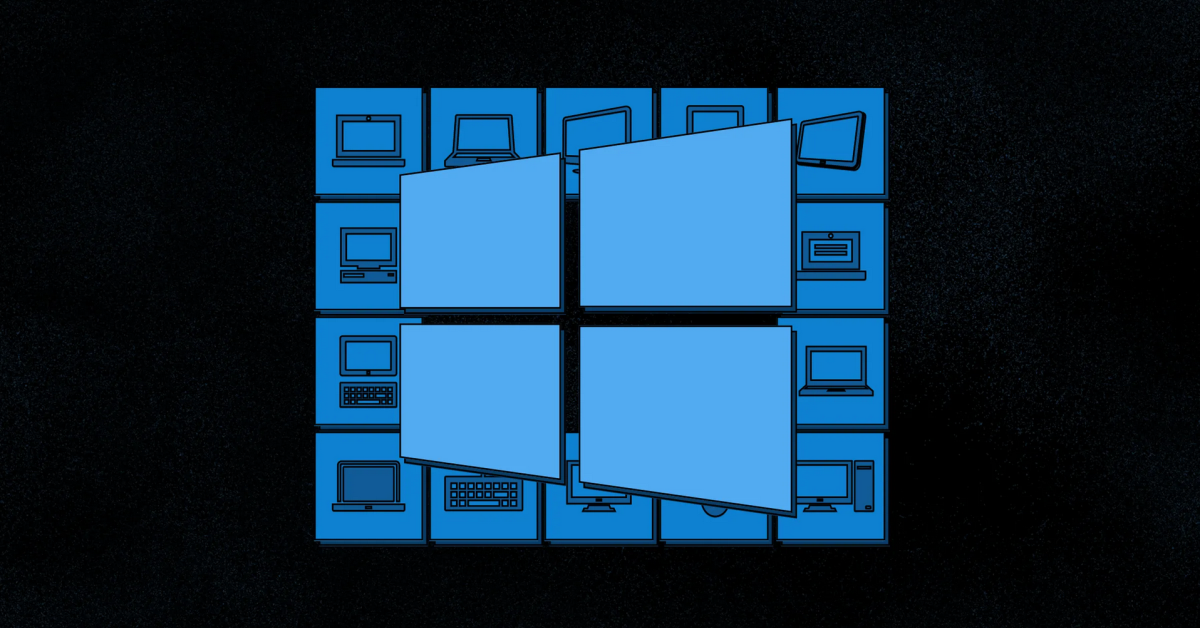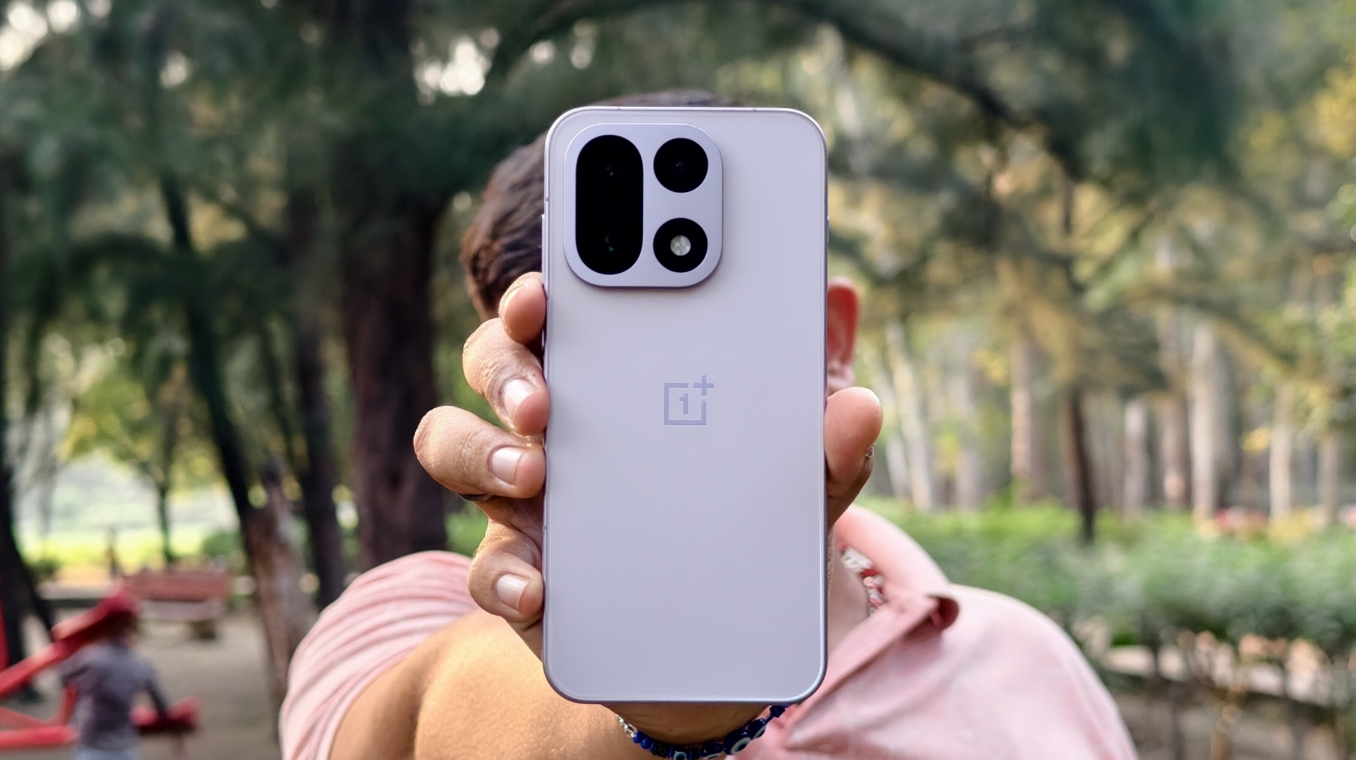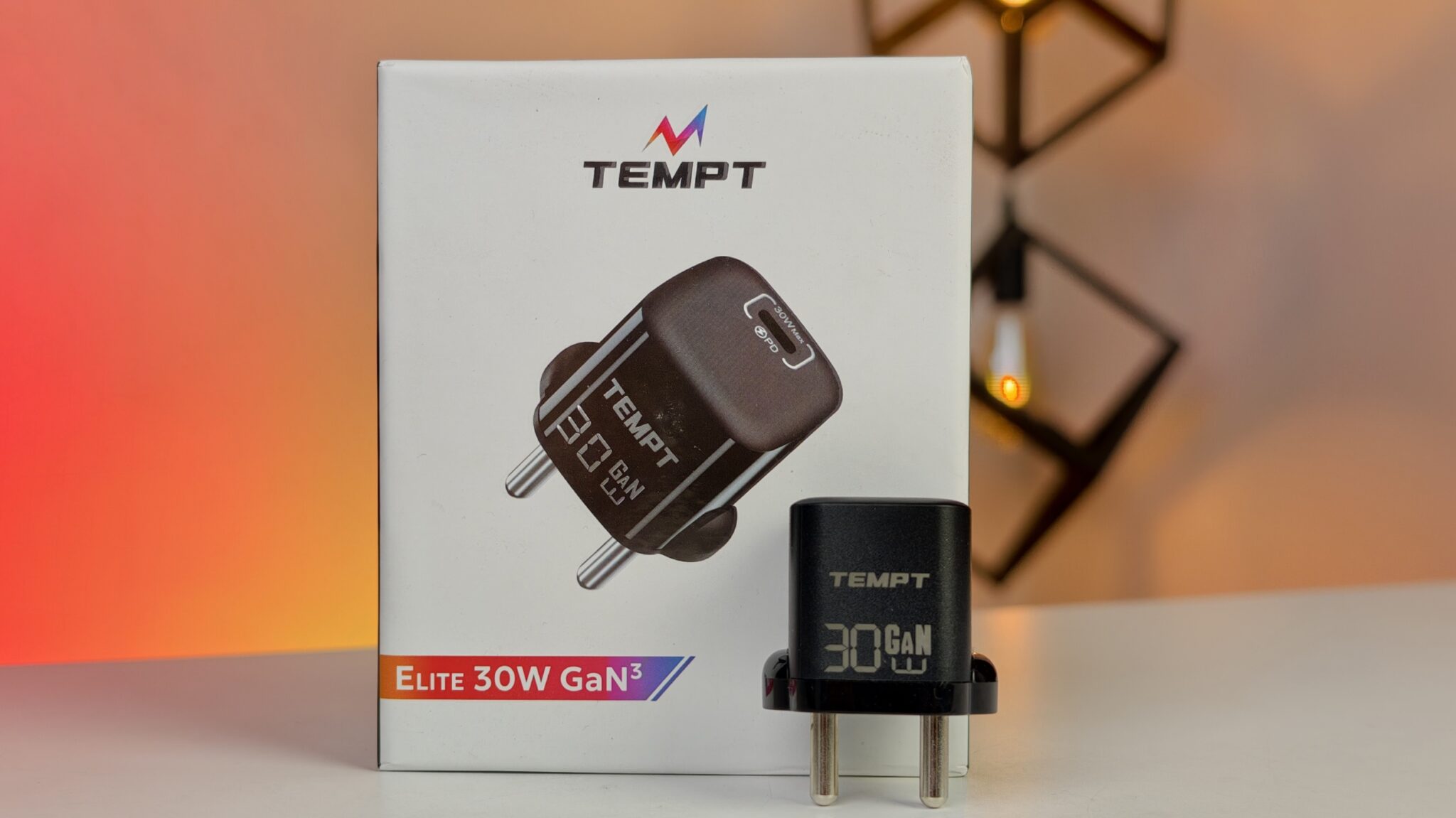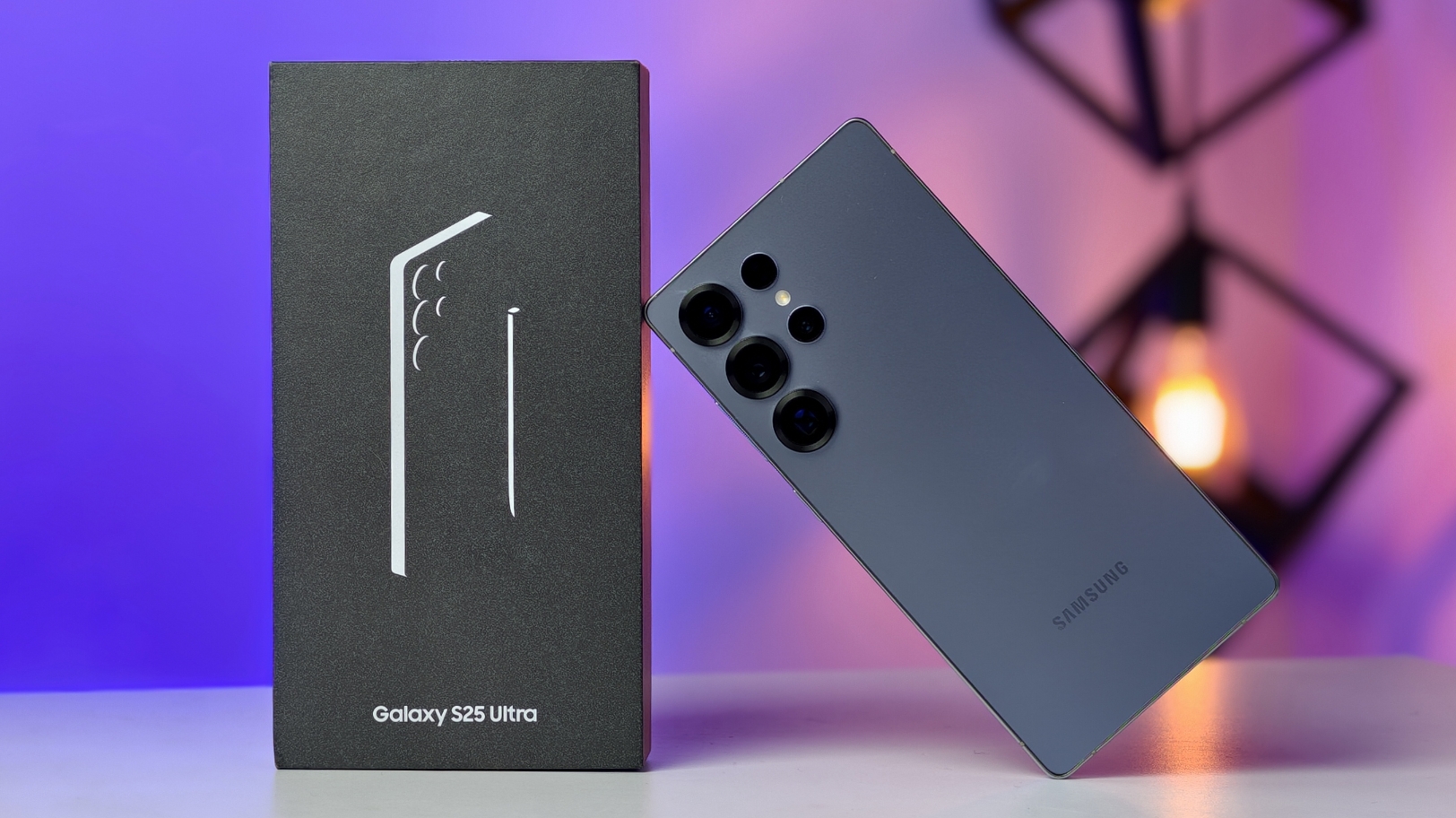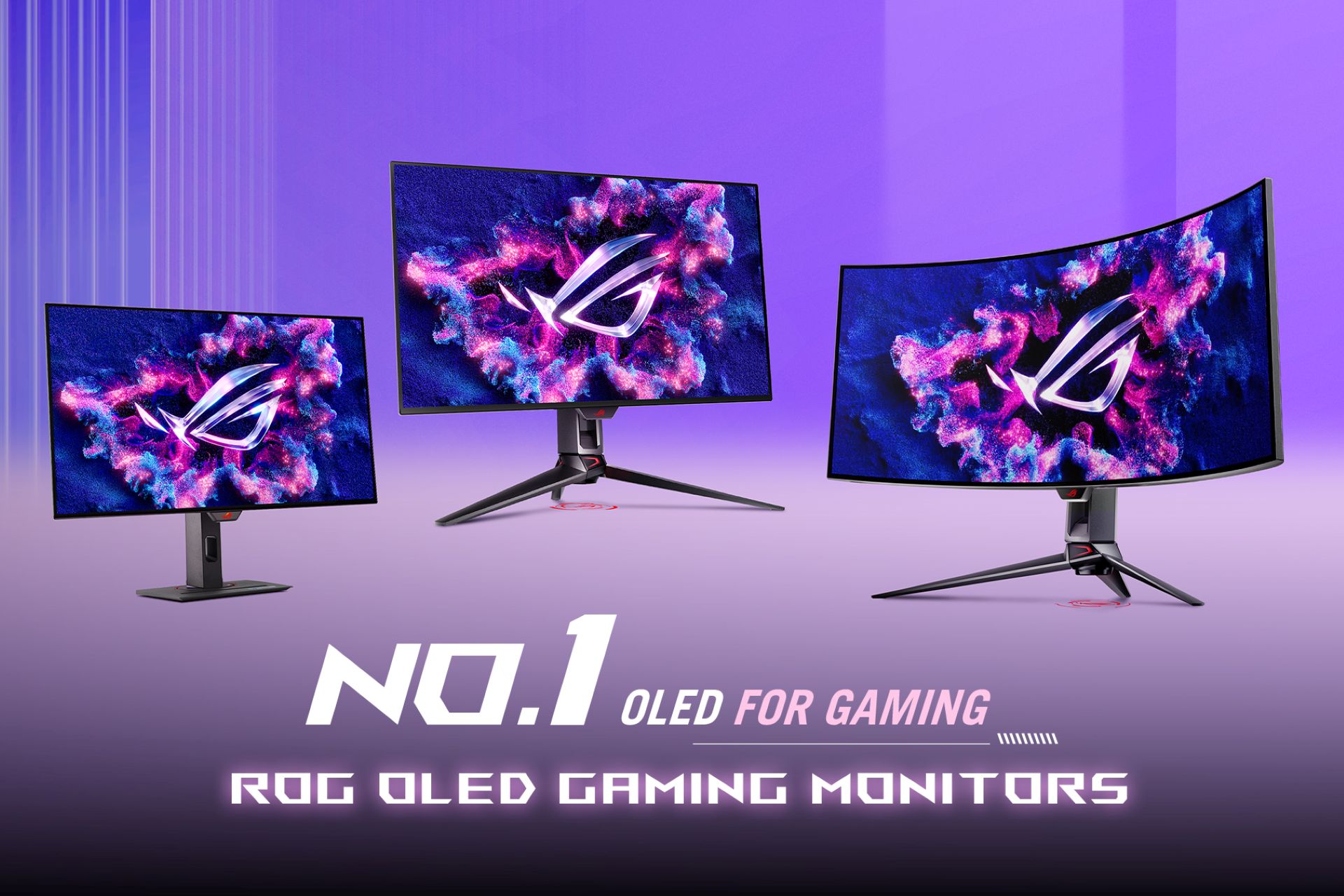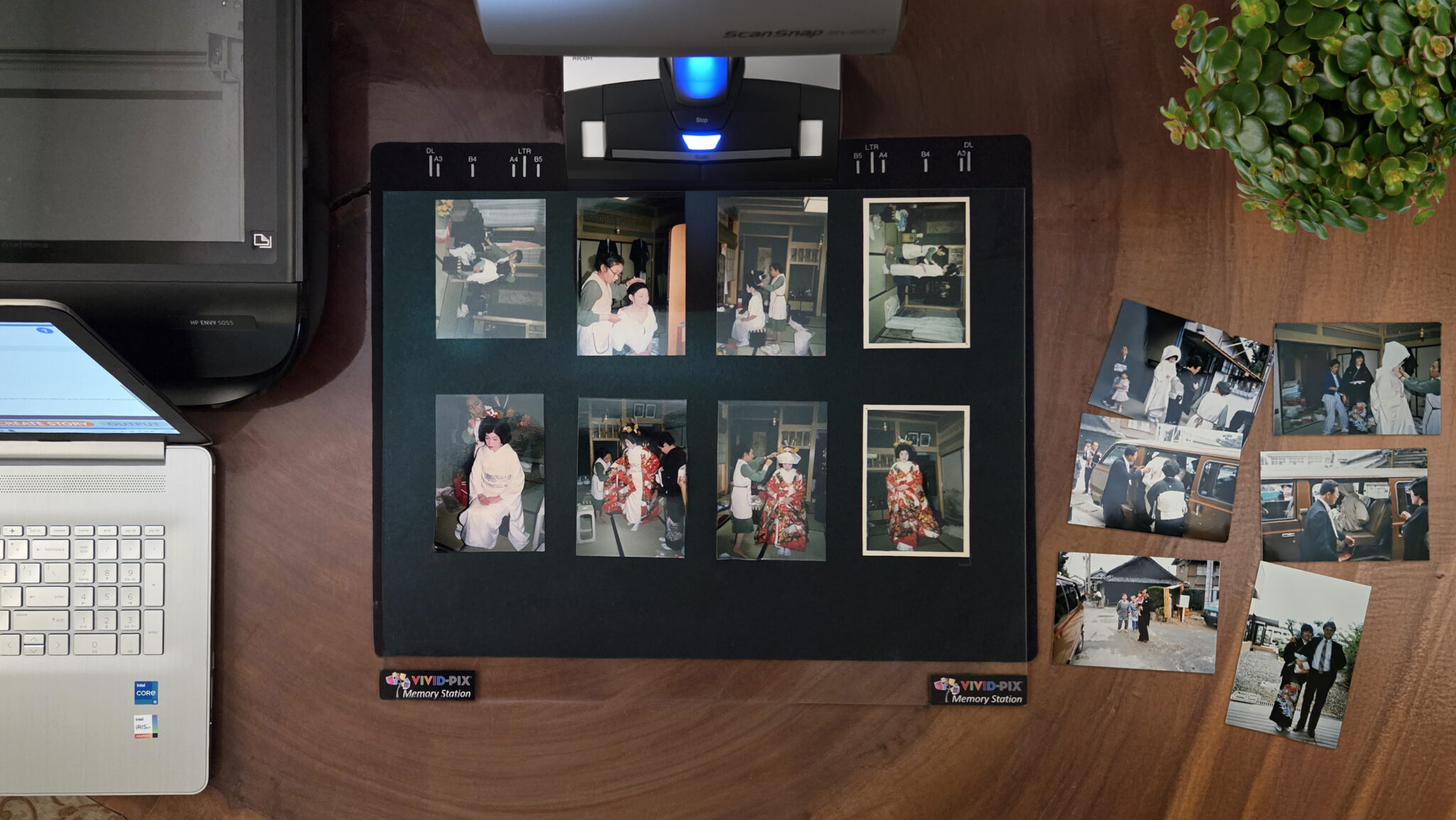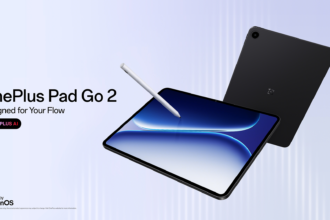Microsoft has responded to negative user feedback by reducing its aggressive tactics to push Windows 10 users towards a Windows 11 upgrade. Full-screen, multi-page pop-up ads that previously plagued Windows 10 Home users, and occasionally some Pro and Business users, will no longer appear as of the April 2024 monthly security update. While the permanent status of this change remains uncertain, Microsoft has committed to providing a more concrete timeline in the future.
Shift in Strategy
This shift comes amidst growing resistance from Windows 10 users to embrace Windows 11, especially as the Windows 10 end-of-life date of October 14, 2025, draws nearer. Microsoft’s decision to halt these intrusive ads demonstrates a willingness to listen to user concerns.
Impacted Devices
The cessation of upgrade prompts will primarily affect non-managed devices, including:
- Cloud-domain joined and domain joined
- Windows 10 Pro and Pro Workstation
- Devices not overseen by IT departments using management tools
Managed devices, those controlled through tools like Microsoft Intune or Windows Update for Business, will remain unaffected.
Windows 10’s Future
While Microsoft has assured one final significant update for Windows 10, its longevity remains uncertain. The company’s future approach to encouraging upgrades to Windows 11 remains to be seen. In the meantime, initiatives like 0Patch’s extended support offer a lifeline to users who wish to remain on Windows 10 beyond its official end-of-life date.
Microsoft’s decision to scale back its aggressive Windows 11 upgrade campaign signals a shift towards a more user-centric approach. While the future of Windows 10 remains uncertain, this move provides some breathing room for users who prefer to stick with the familiar operating system. As the Windows 10 end-of-life date approaches, it will be interesting to see how Microsoft navigates the delicate balance between encouraging upgrades and respecting user choice.


